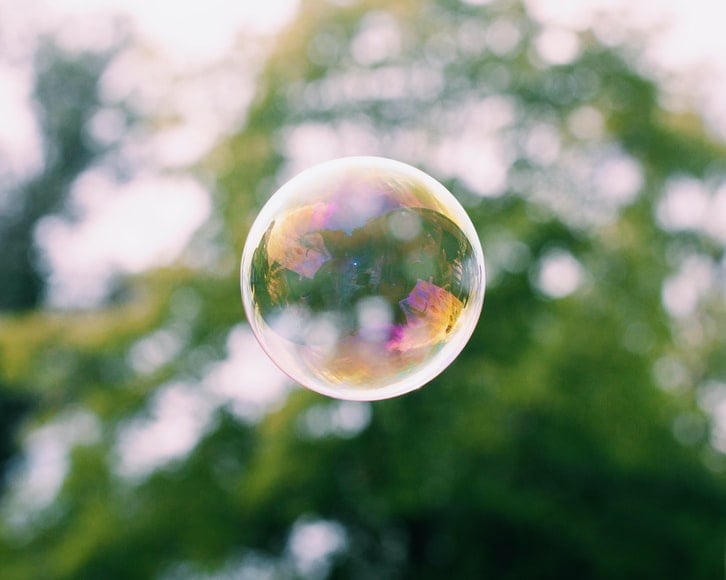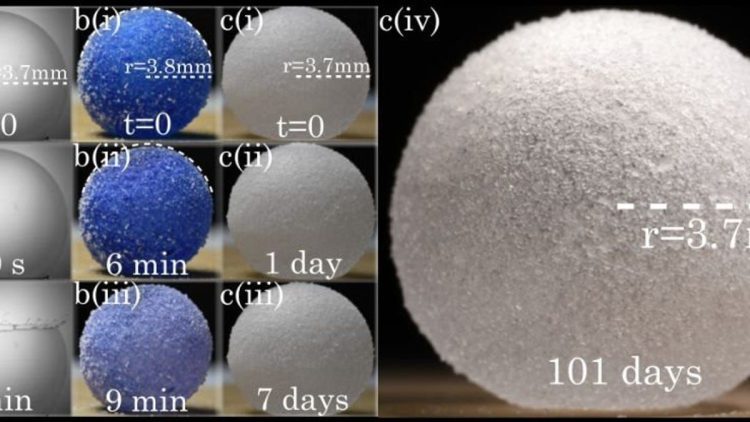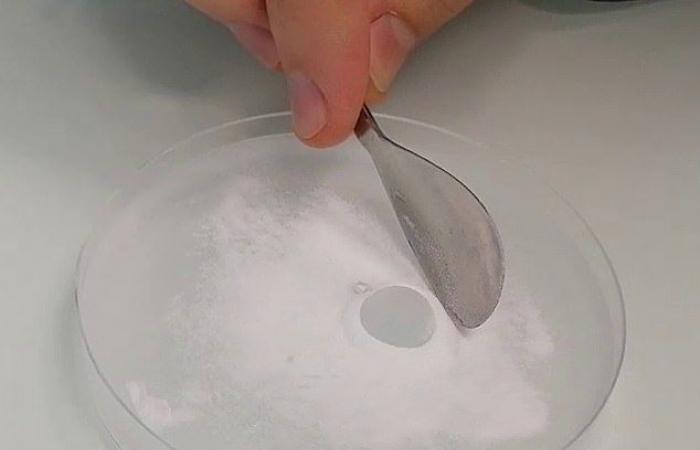Bubbles are fragile structures that only last a few seconds before popping, but a team of scientists has apparently found a way to keep bubbles from bursting for over a year.
Soap bubbles are subject to a series of processes that cause them to pop in a matter of seconds, minutes at best. They lose liquid through evaporation or gravitational drainage, and the gas trapped inside also diffuses through the membrane of soap and water back into the environment. However, a team of scientists at the University of Lille, in France, have been working on ways to address the fragility and ephemerality of bubbles, and they’ve apparently come up with a way of creating bubbles that maintain their shape and size for over a year.

Photo: Braedon Mcleod/Unsplash
While looking at ways of making bubbles more stable, the team led by physicist Aymeric Roux created something called a “gas marble”. They essentially mixed water and tiny nylon particles, then blowing air into them to create bubbles. These structures remained stable for several minutes, with some popping after about an hour of being created.
The team then improved on their recipe by adding glycerol, a colorless, odorless, viscous liquid found in cosmetics, pharmaceutical products and foods. This ingredients helped the gas marbles last for at least 100 days, with the mpst resilient one lasting a whopping 465 days. Apparently, the interaction between the glycerol and the nanobeads counteracts the physical processes that would normally cause the bubble to pop.

Photo: Roux et.al/Physical Review Fluids
“Soap bubbles are by essence fragile and ephemeral,” the French team wrote in their paper. “Depending on their composition and environment, bubble bursting can be triggered by gravity-induced drainage and/or the evaporation of the liquid and/or the presence of nuclei.”
“We designed bubbles made of a composite liquid film able to neutralise all these effects and keep their integrity for more than one year in a standard atmosphere,” the scientists added.

Photo: Roux et.al/Physical Review Fluids
The team explained that the glycerol is key to the increased longevity of the bubbles. As a humectant, it absorbs moisture from the air, thus helping it to compensate for the evaporation of water which usually causes bubbles to burst. The plastic particles also prevent water draining from the bubble’s shell, further increasing its longevity.
Aymeric Roux and his colleagues believe that their findings could prove to be the basis of new applications in the creation of more stable foams and innovative ways of trapping toxic gases.












